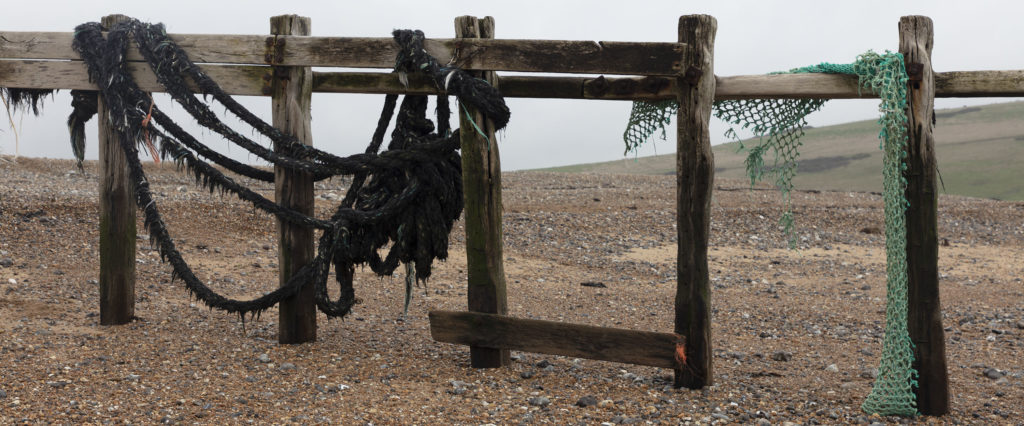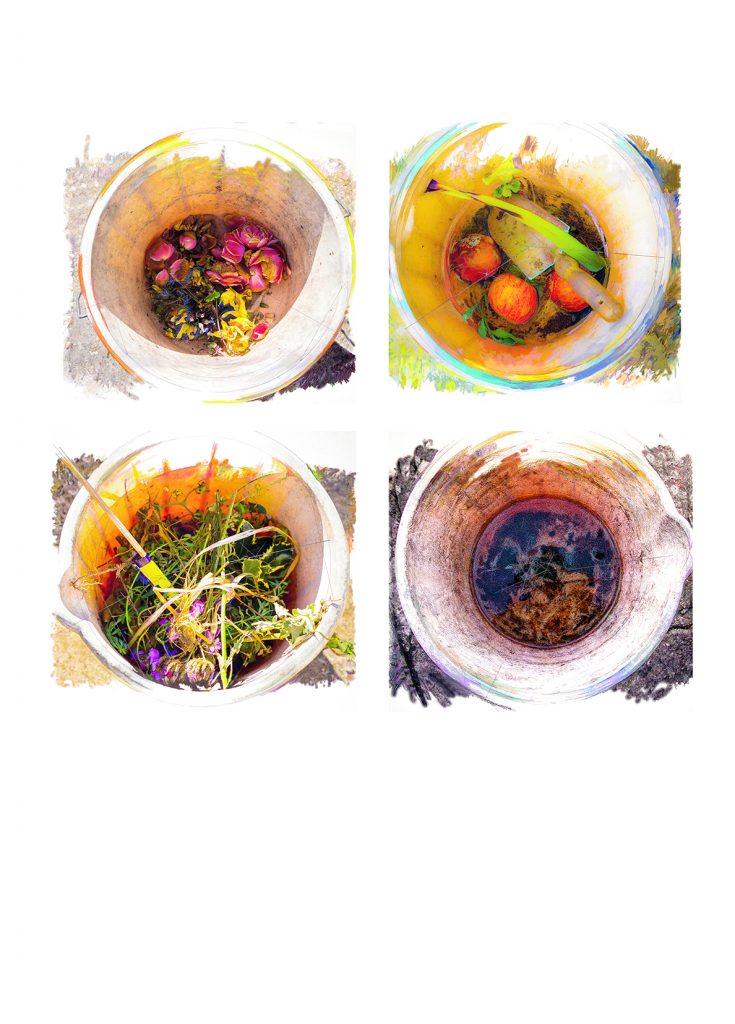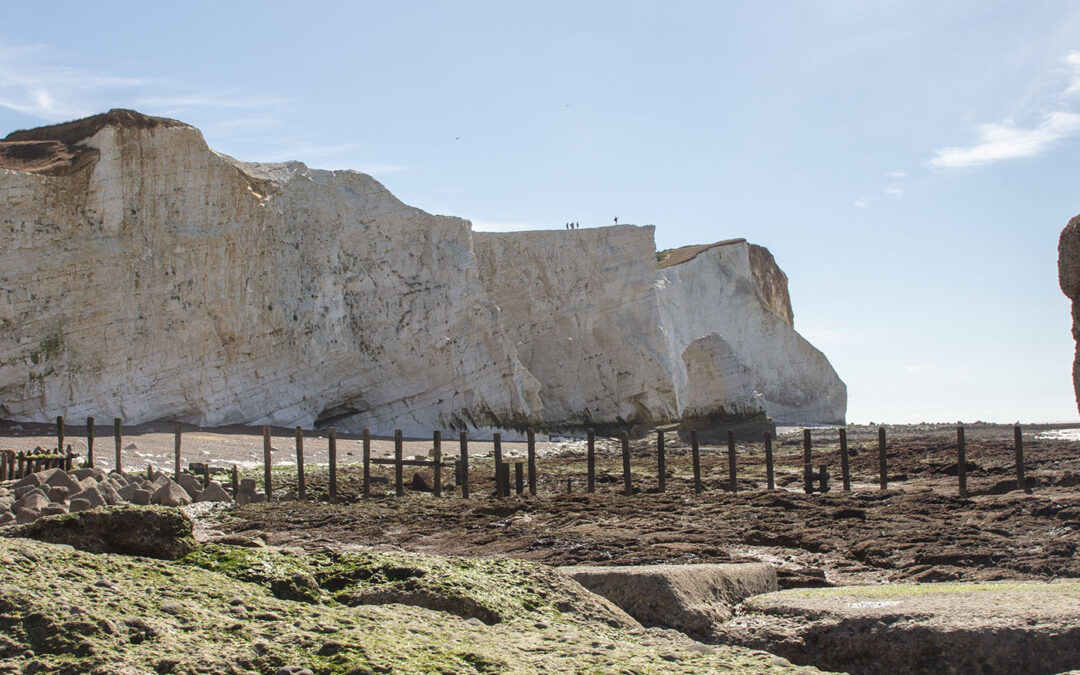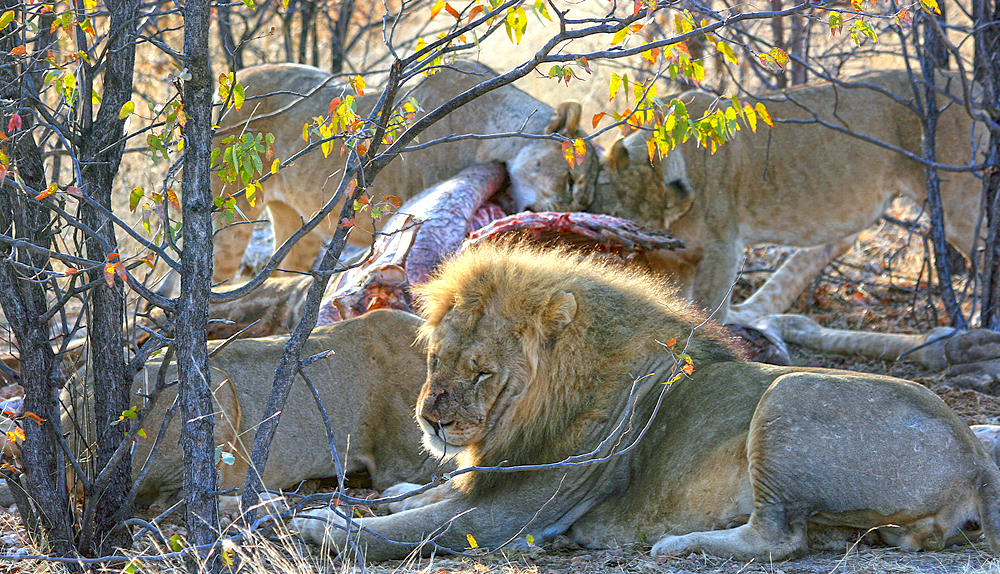Once Upon a Time there was a writer of fairy tales, Hands Christian Andiscat. Known as the ‘whether-man’, every day he would emerge from beneath his warm bedding and wrapped in his dressing gown Hans would sally forth into the garden where he would try to feel whether the weather was. His weathering was often accompanied by his cat, Sid…
Hans (he preferred his name without the glottal stop} was dedicated to restoring the lost folk art of whether, which had been killed by an evil witch who had spent many years wailing like Lady Macbeth, proclaiming the end was nigh. Bewitched ‘ologists’ gave rabid warnings of blood and tears as excess ghastly gales/thundersnow/epicyclones/flood/hottest or coldest, on a daily basis. He looked at the sky. He spoke to the birds and to his cat, trying to remember country folk lore from the days of shepherds, days of his youth.
His duvet abandoned to his daily task was made from fabric skilfully woven from the annual harvest of fibre gathered by adoring recyclers (so called because they once rode bicycles before buying their gleaming motorcars). This tribal group took large plastic bags to scour the sea shore for the gaily coloured strands abandoned by rich mermen who had enough and to spare, abandoning brightly coloured samples to be retrieved after washing by the sea. The duvet covers were stuffed with the insulating material, adopted as a new green industry after a strident vocal protest group showed that shearing sheep ruined the taste of their meat… another blow to the wisdom of shepherds.
Now the cities, who knew not ‘sheep’, despite the highest awards allowing them to be driven across bridges for slaughter, how apt. Rather the ‘ologists’ trusted ethereal electronic guesses made by computers on data harvested next to runways. Data assembled in an underground bunker, protected from frost bites or snow flakes, where windows, if ever used, looked onto cityscapes with purpose built storage heaters and wind deflectors that scrape weather from the sky. The ‘ologists’ rarely took risks by venturing outdoors to test their predictions, remaining protectively enclosed.
Hans however devised a rain scale based on what information rubbed off from the cat, compliments by how wet he got taking his snapshots. His scale ranging from zero to nine as of wetness. He called it the S.M.I., or ‘Soggy Moggy Index’. If it was so wet the cat sank without trace beneath the waters, that was a ten and he knew that the apocalypse so long predicted by some ‘ologists’ would have arrived. Most times the cat would simply rub himself against Hans’ bare legs beneath his dressing gown, which allowed calculation by reaction of hairiness to wetness, of the appropriate S.M.I. number. It is freely admitted that true readings were decided by Sid catching the forecaster unawares, and thus without time to employ dodging to reduce the reading.
Every day Hans took a snapshot of the weather. Initially just a snapshot, but as over time his camera improved, he progressed to making daily collages showing both sky and ground, recording shepherds warning and delights as well as the bloom and glow of the seasons. An empty bucket also gathered evidence of seasonal change at random, but Hans knew that the end was nigh. He was after all beyond the promised three score and ten, into his bonus years, and who knew how long it would be before he (or the cat) rested from their task in still, dark, indifference…
He approached image number 3,000 with some trepidation.
You can see the images occasionally on the BBC Weather, on X (formerly known as twitter) and on his Facebook page. But remember he is just a figment of your imagination….



Recent Comments